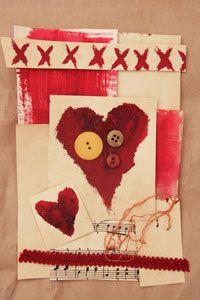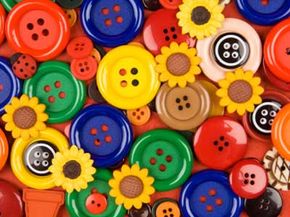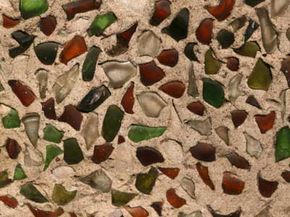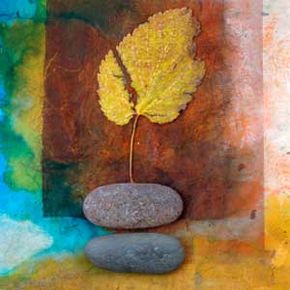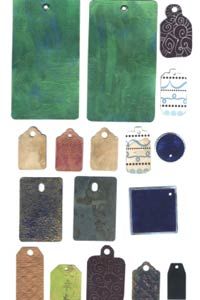You may think of collage as something you did in kindergarten, pasting magazines clippings onto construction paper. But in some circles, collage is a serious art. In the early 1900s, cubists like Pablo Picasso and George Braque sparked a new movement when they started gluing fragments of paper and fabric to the surface of their oil paintings to give them a more abstract, textured look [source: Britannica].
Today that tradition continues in organizations like the National Collage Society, a trade group that promotes collage; Global Collage, an online forum for collage artists throughout the world; and The International Museum of Collage, Assemblage and Construction in Fort Worth, Texas, which features works of contemporary collage artists and the early modernists who popularized it.
Advertisement
That doesn't mean you have to be a serious artist to wield a glue stick. But you are in good company.
To get started, all you need is a background (usually thick paper or poster board, but wood, metal and other sturdy materials work, too), the appropriate glue and random objects. A good place to look for materials is your junk drawer, your magazine pile or the box where you stash things you don't know what to do with, but can't seem to throw away [source: Love To Know Crafts]. Then rummage through your recycling bin.
During your search, keep in mind that with collage making, anything goes -- including the materials you use. You can be spontaneous or work with a theme like travel, bodies of water, romance, pets, childhood or holidays. You can arrange the whole montage and glue the items on the background once you've perfected the design or you can glue as you go [source: Grant].
A collage should represent who you are, what your interests are and what speaks to you, including the objects you choose to assemble on your canvas.
Read on to find out how you can use recycled plastic, glass, nature, metal and paper to create your masterpiece. Picasso would be proud.
